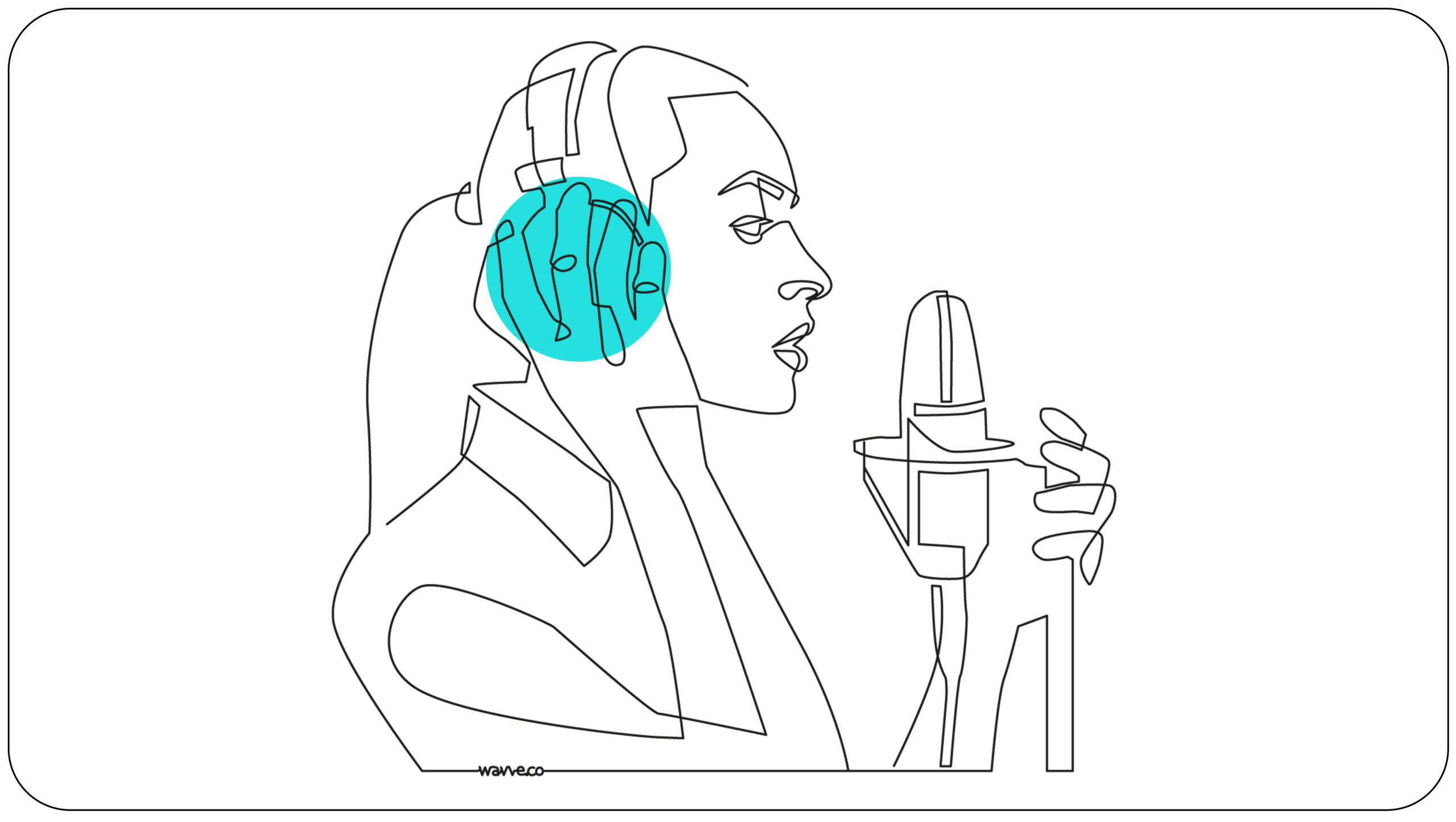Does your podcast need that special touch? Introducing podcast background music can transform the way your podcast presents.
There are, however, a couple of things to consider first before you go from host to radio DJ.
Choose the right music to set the tone and make sure your transitions work, including the timing of the background music in a way that makes your podcast more engaging and not distracting.
Without further ado, let’s look at everything you need to know when using background music in your podcast to make the audio listening experience enjoyable.
Reasons For Adding Podcast Background Music
Making use of background music can elevate the overall experience of your podcast. Here are the main reasons why it can help improve your podcast.
1. It Makes Your Podcast More Engaging
Podcasts typically involve people talking to each other in one long dialog. While accessible, easy to understand, and easy on the ears, even if the content is interesting, this plain format can lose interest for some listeners.
Like long blocks of text, music can break up long spans of audio. Some folks need little breaks in the conversation to find a stopping point, take a break, or remember for later.
Adding background music to your podcast will change the pace and keep the listener more engaged.
2. Podcast Background Music Helps with Transitions

Podcast background music breaks up a monotonous podcast and introduces different sections, ideas, and themes. You can use music for the intro and outro or to build up ad breaks. You can also change the background music when the podcast dives into a new section or topic.
This process helps to add layers to your podcast, which makes it a lot more interesting to listen to.
3. Music Adds Emotion
Just like in films, background music is an excellent way to add emotion to your podcast. You can match the type of background music with the overall mood the podcast is trying to create.
For example, different types of music create an atmosphere of tension, curiosity, or lightheartedness. Depending on your podcast, the music you add changes the way your audience feels when listening.
4. It Makes Your Podcast Memorable
Adding unique music to your podcast is a great way to add your own “stamp” to your content. Listeners will remember your music and associate it with your podcast, even if it’s subconsciously.
This is a great way to improve brand recognition and make your podcast feel more authentic.
6 Tips For Using Podcast Background Music
There’s a fine line between incorporating music to enhance your podcast and using music that distracts the listener. To help you out, these are some insights to follow when including it in podcasts.
Rule #1: Keep It Simple

The general rule of thumb when adding music to podcasts is less is more.
Avoid adding music continuously throughout your episode. Instead, include short snippets of music at key moments – like your intro, outro, advertisements, and transitions.
A few seconds of music here and there can lift the mood of your podcast in a big way, whereas continuous music can become annoying.
Rule #2: Use Podcast Background Music for Transitions
Music is a great way to break up your podcast and transition into new ideas or topics. If you introduce a new guest, go into an ad break. Or rather: start a new topic with a short music transition to make the journey smoother.
Rule #3: Never Overpower The Speaker
Podcast background music needs to stay in the background. The music accompaniment must be used to enhance your podcast subtly.
Avoid music with lyrics when someone is speaking. Or those guitar solos where an instrument is acting like a lead vocal. Of course, pay careful attention to the volume, and never include music that is too loud and overbearing.
The words should still be easily heard at all levels of volume without straining.
Rule #4: Perfect Your Transitions
One of the most challenging things to get right when adding music to podcasts is fading the music in and out. Never just start and stop a piece of music. This will be far too abrupt and distracting.
Instead, introduce the music comfortably and then gently fade it out when the speaker takes over. You can either fade in slowly or jump straight into the music – it depends on the sound and the mood you’re going for.
Spend time exploring music editing and trying out the different transition audio ramps available.
Rule #5: Use Music that Matches Your Podcast Theme

The music you use needs to make sense for the podcast topics and content you’re covering.
For example, avoid playing EDM-style music if your podcast is about meditation or history. In these cases, you’ll want to find music that is calming to the senses. Unless of course, you are staring a new trend in EDM yoga.
Always pay attention to how the music compliments your podcast theme and topic.
Rule #6: Listen to Other Podcasts that Nail It
A great place to start adding background podcast music is to listen to other podcasts that do it well. Tune in to a few of the most popular podcasts within your niche and pay attention to the kind of music they use and how they transition it.
In effect, it can provide helpful insights and inspiration you can apply to your own podcast series.
Where to Find Podcast Background Music
You can easily find all kinds of music in royalty-free music or creative commons music libraries. Below is a list of top websites to check out:
Just make sure when you purchase a song to use in your podcast, that you save the license and can backup the fact you have the rights should any content platform take it down for music copyright infringement.
Summary
Using the right background music can transform and elevate your podcast.
It plays a significant role in the mood and overall experience of listeners. Podcasts with no music at all, while absolutely fine, may just be missing opportunities to improve. Strive for adding some background music to become more engaging and unique.
Given that, follow the strategies here and watch as the right music gives your podcast the polish it needs to captivate your audience and grow your brand.
I’m the CEO of Wavve. I love encouraging creators and entrepreneurs to share their stories and lead with purpose.

